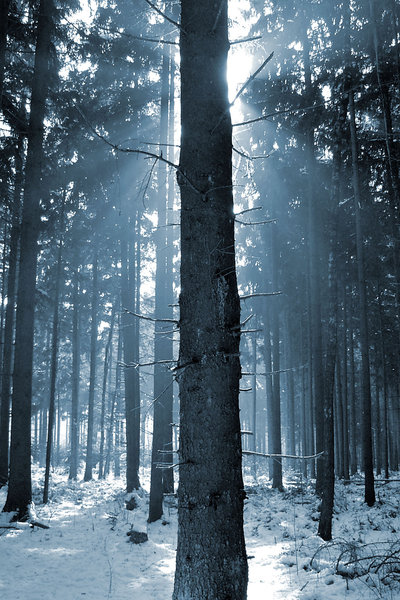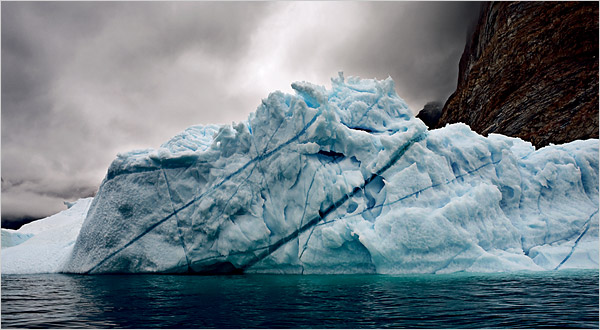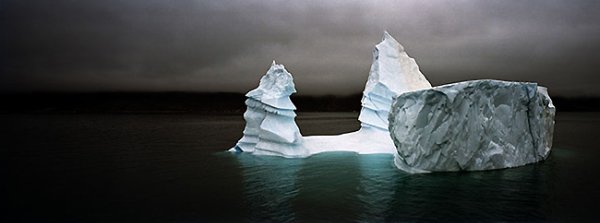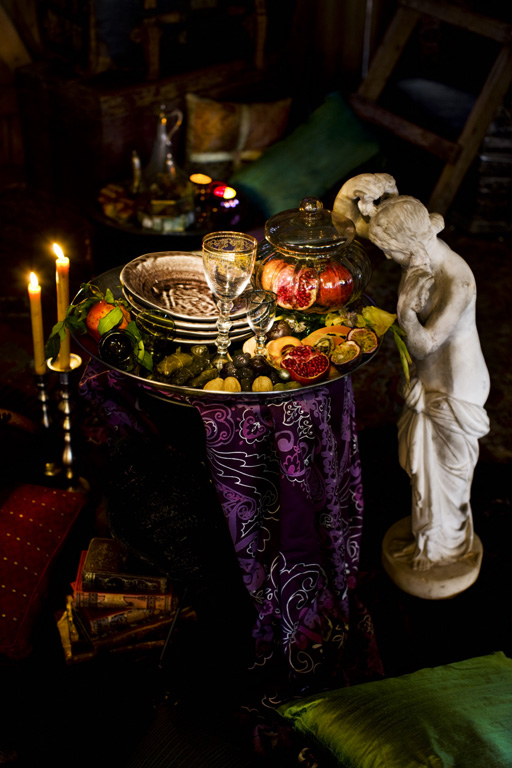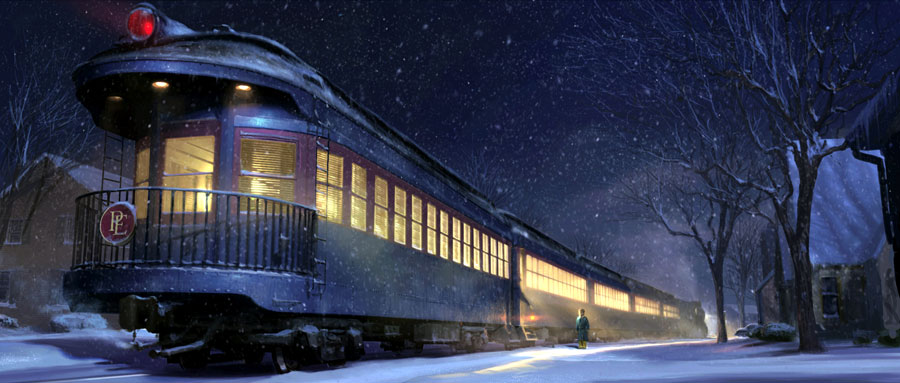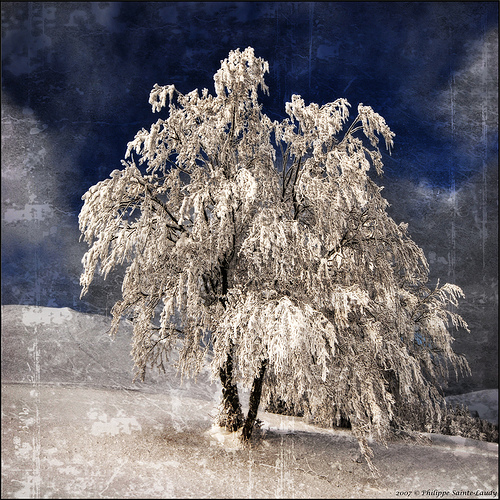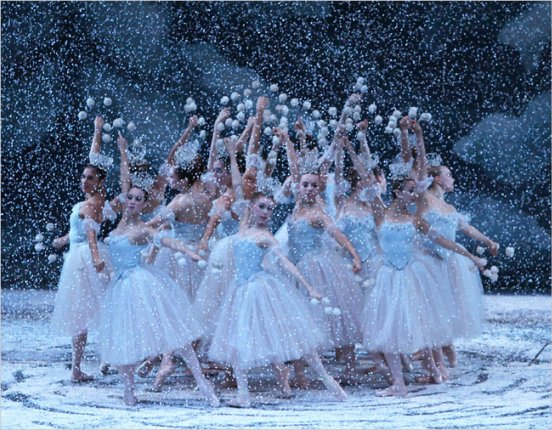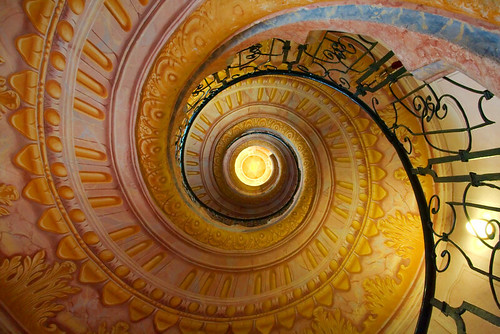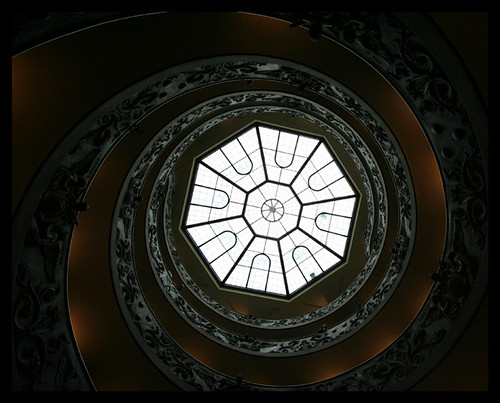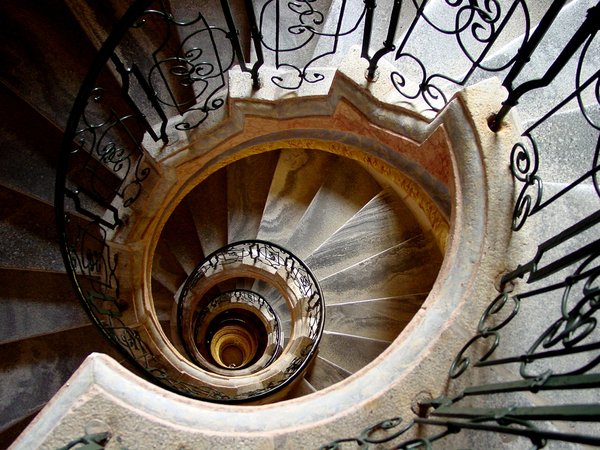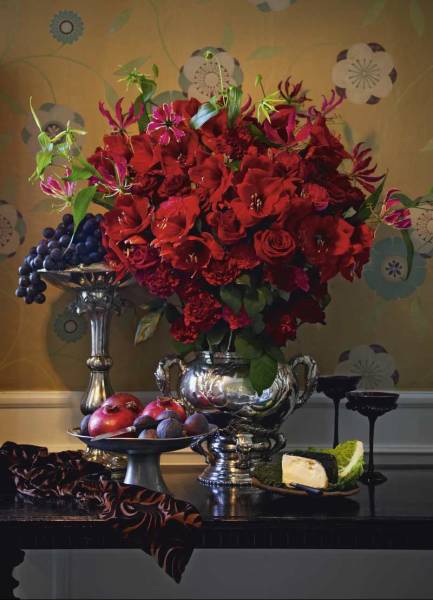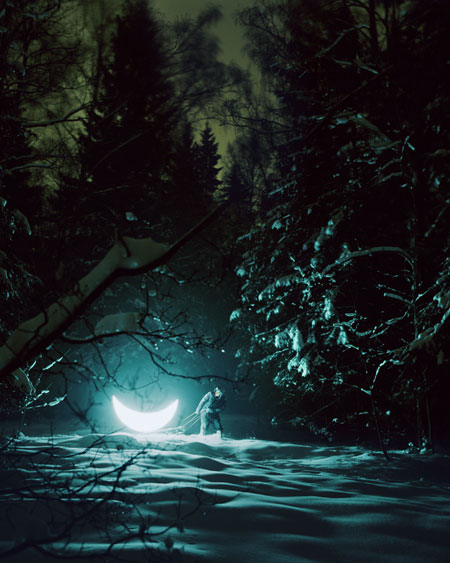
Philippe de Montebello, who has led the Metropolitan Museum of Art for 31 years, will retire at the end of this month. He is the eighth and longest-serving director in the museum's 138-year history. His mellifluous multilingual voice (it fills the heart with longing and ardor) on the museum's audio guides is known to millions of visitors around the world. Mr. de Montebello, who is 72, more than doubled the museum’s physical size during his tenure, carving out majestic new galleries suited to the Met’s encyclopedic holdings. Today it is the city’s biggest tourist attraction, with millions of visitors a year.
To celebrate Mr. de Montebello’s 31 years as director of The Met, the Museum’s Forum of Curators, Conservators and Scientists has organized an exhibition of approximately 300 works of art—from a total of more than 84,000—that were acquired during his tenure. This unique project is a collaboration among curators from the Museum’s seventeen curatorial departments.

Attributed to Miskin
Buffaloes in Combat, late 16th century, India

Duccio di Buoninsegna (Italian, act. by 1278, d. 1318)
Madonna and Child, ca. 1295–1300
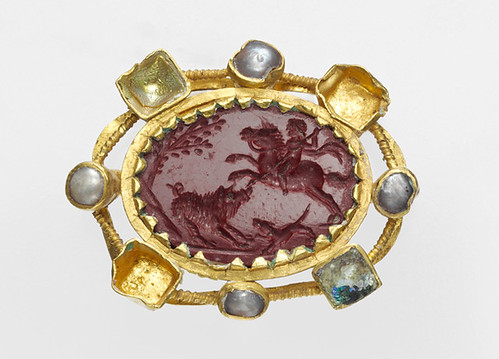
Intaglio, mid-Imperial, Antonine or Severan, 2nd–3rd century a.d., Roman
Jasper, gold mount set with pearls and glass
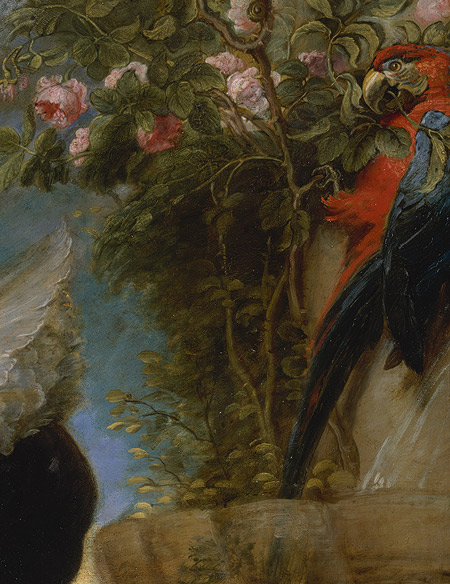
Peter Paul Rubens (Flemish, 1577–1640)
detail from Rubens, His Wife, Helena Fourment, and One of Their Children
Special emphasis is placed on works that have been transformative to the Met’s collection by building on existing strengths and expanding into new areas. Acquired by purchase and donation, individually and in groups, these works demonstrate how the de Montebello years have enhanced the Museum’s encyclopedic collection dramatically and have encouraged public access to the greatness of the world’s artistic traditions. Mr. de Montebello will continue his career as a professor at
New York University's Institute of Fine Arts.
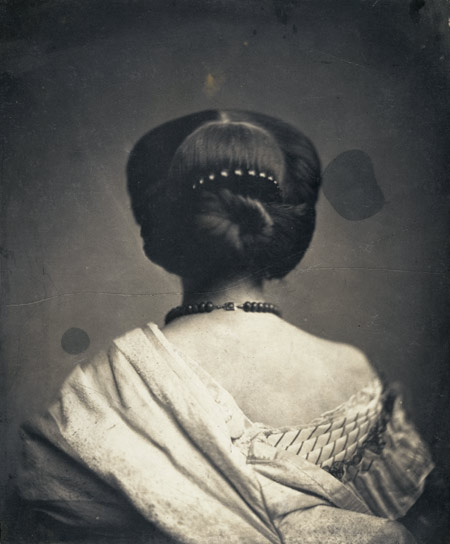
Onésipe Aguado (French, 1827–1894),
Woman Seen from the Back, ca. 1862, salted paper print from glass negative
:images
the metropolitan museum of art;
the new york times
